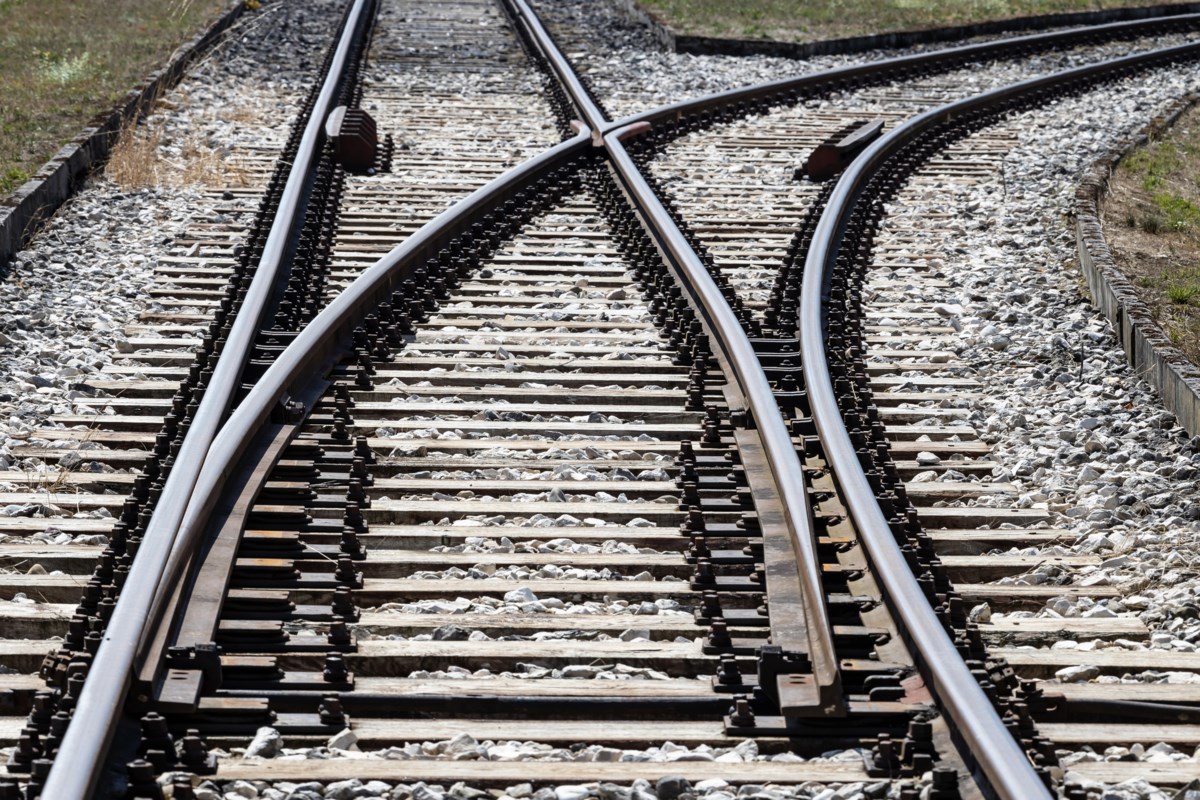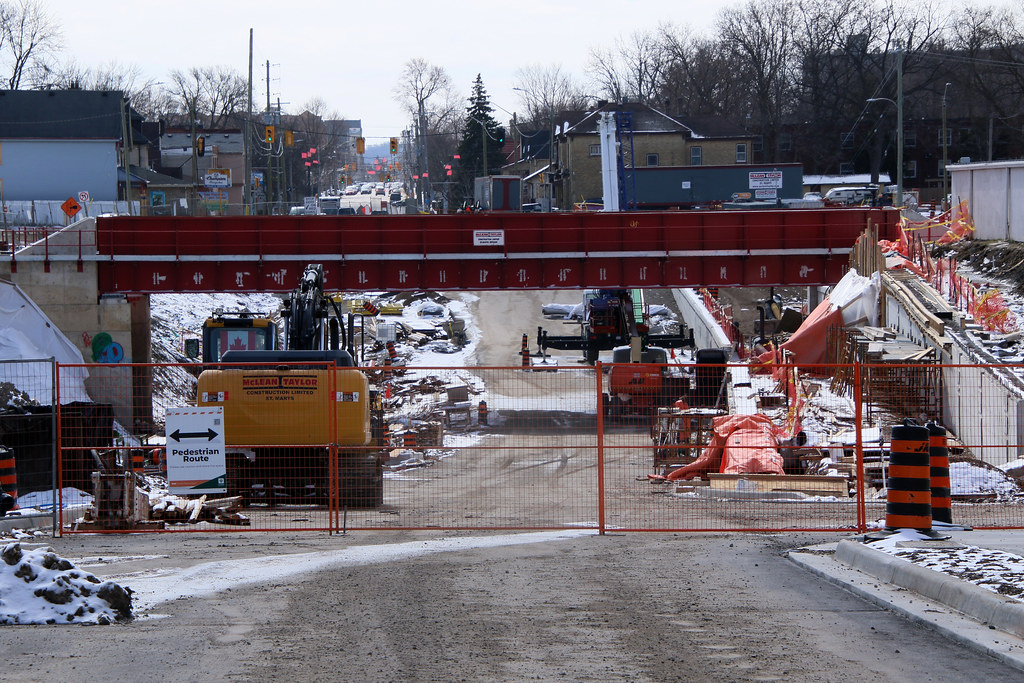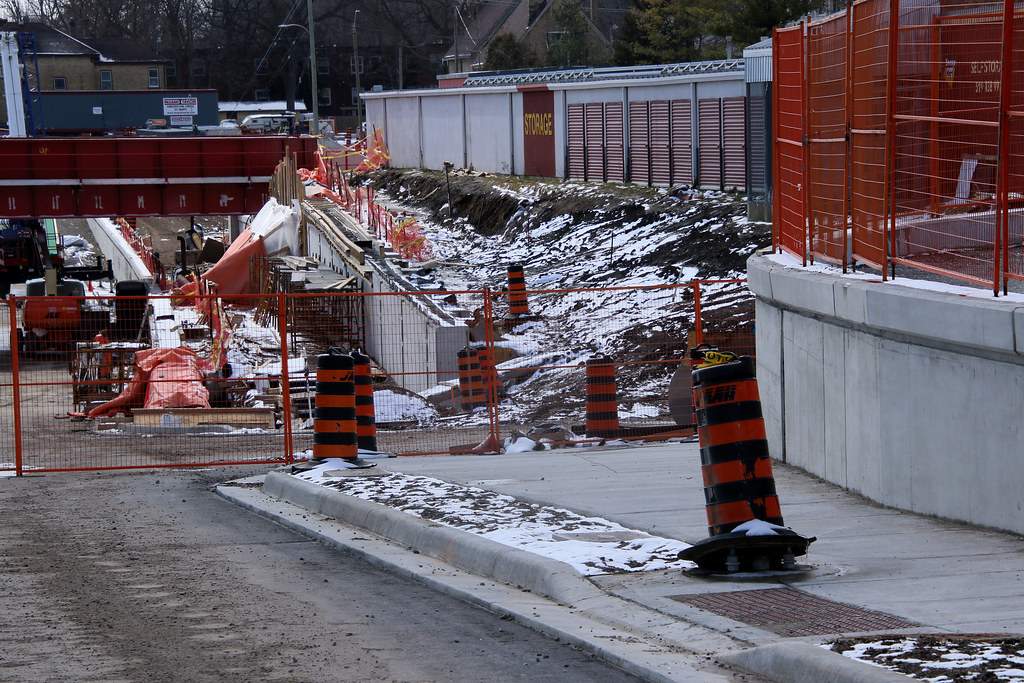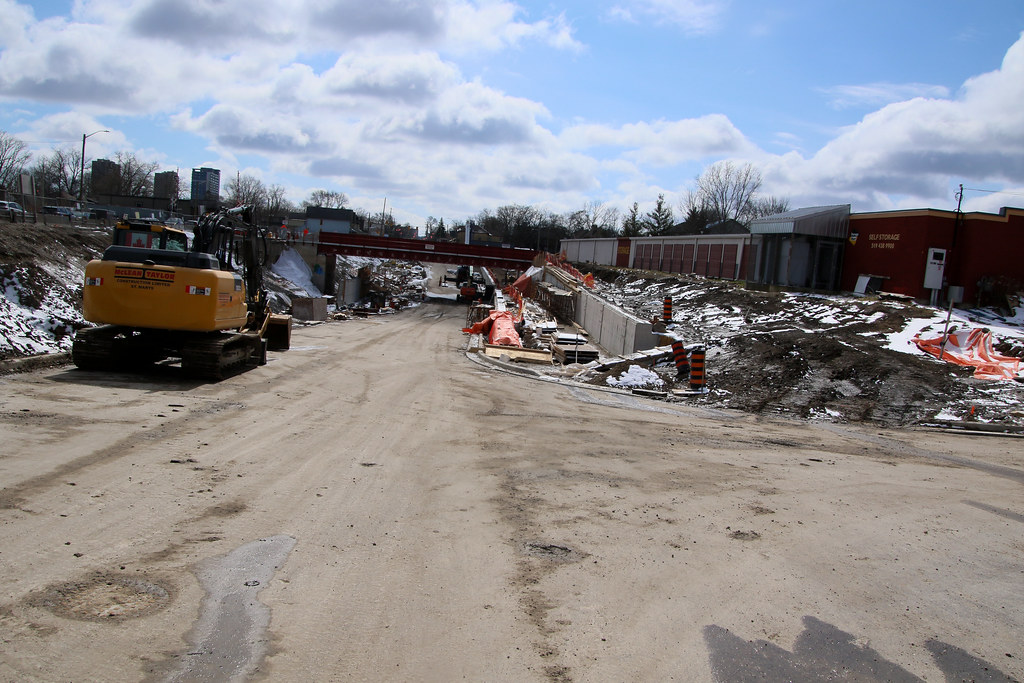It's complicated. Service sensitive customers are attracted to intermodal because it's services are faster, simple, and reliable. The railways are attracted it operationally for the same reason. But generally, intermodal service is more expensive for the shipper, less profitable for the railways than carload, and comparatively wasteful of line capacity. Certain carload service used to be timely and reliable, but changes to supply chains over time and competition from trucks have disincentivised railways from providing such a standard of service. It also doesn't help that more and more warehousing is being built without rail access for boxcars.
There are certain things that will always be more at home in carloads, particularly anything low value and heavy. There remains lots of potential here, but a big challenge is building out the infrastructure to serve it. Additionally, if low volume business isn't operationally convenient to retrieve, the railways aren't super interested in going after it. The upshot of this is a problem Ontario has, which is its reliance on transloading for carload commodities. This is very pronounced for plastics. Compare how many plastics manufacturers have sidings, vs the number of massive plastic transload yards scattered around the GTHA. Generally, drayage hauls for transloaded commodities are not as lengthy compared to intermodal as transloading is less centralised. (For an example of a long drayage haul, see the Highbury Canco plant in Leamington, now served by intermodal, formerly with insulated boxcars).
As mentioned above, the public interest does come into conflict with the reality of our policy environment here in both cases.
As for Trillium and hauling loads from Welland to St. Catherines, it is less nonsensical than it looks, particularly since a good portion of BIOrigins inbound pulp loads come from CP. But of course as business declined, it became less economical.
Now for some updates on the situation:
https://www.trains.com/trn/news-reviews/news-wire/gio-railway-ends-service-to-st-catharines-ontario
Bad news: Contrary to previous rumours, the yard in Thorold is being taken out of service. A red flag is being put up past the 406 in Welland to denote the end of active track. This potentially makes the situation with railbanking on this corridor a bit more dire. The Canal Spur is more at risk, albeit far from any planned development, but thankfully, the Thorold Spur exists in cuttings and along the escarpment, and isn't suited for redevelopment or even a rail trail since the line is already completely paralleled by roads and trails.
Good News: Kemira recently completed a $1 million expansion of its plant in St. Catherines. This explains the uptick in shipments I have observed over the past year. It is rather unhappy with this development and is exploring its options to maintain rail service.
Good News: It has been mentioned on the BruceRys group that the scrap yard in Merritton may reinstate rail service in the near future.
BIOrigin is reportedly moving their warehouse to the Thorold Multimodal Hub. Admittedly, it is a better spot for them since the access roads are better and it's closer to their mill. It's also interesting to see this former paper mill serving the last one in the region. It's disappointing though to see a bit of HOPA's growth in the region be at the expense of other rail served facilities.
Regardless, there is likely more to come on this story.












